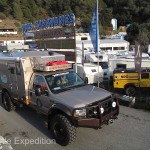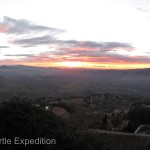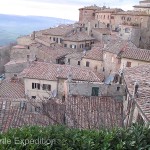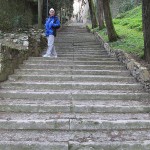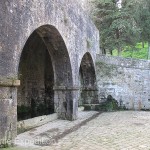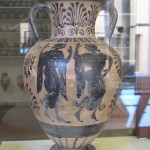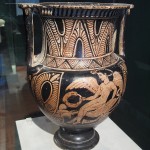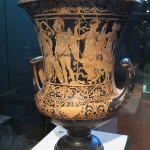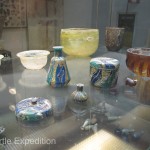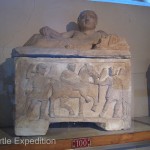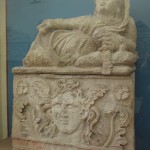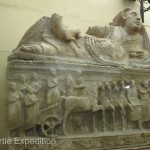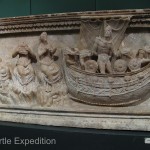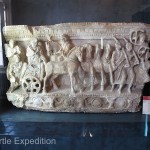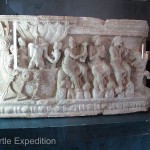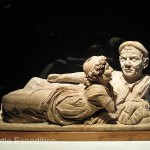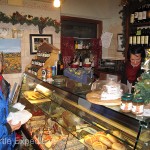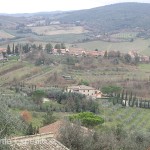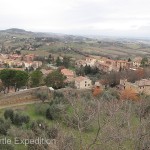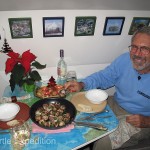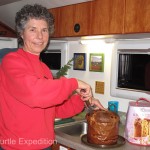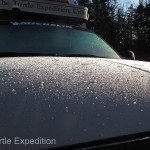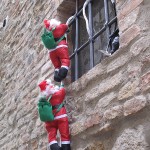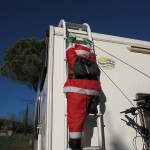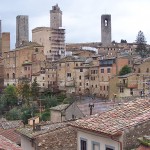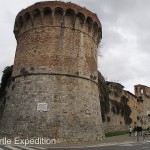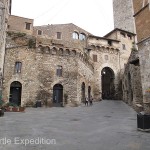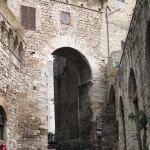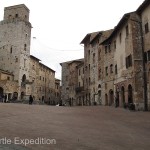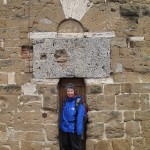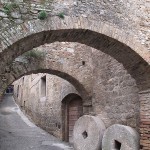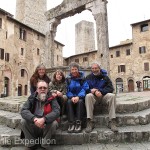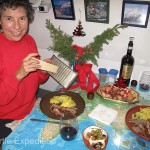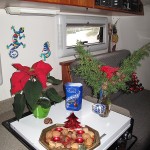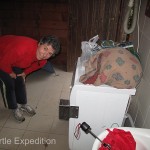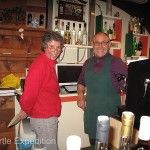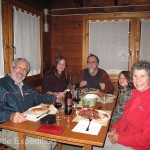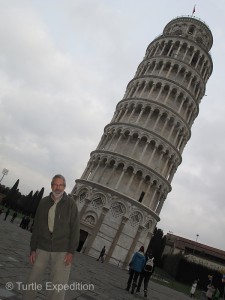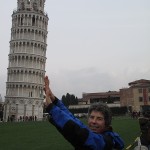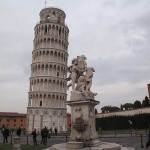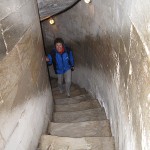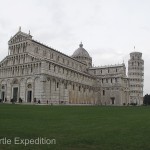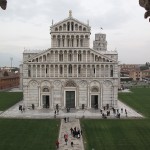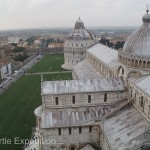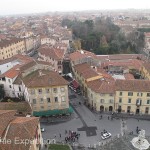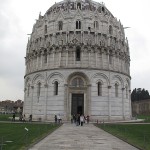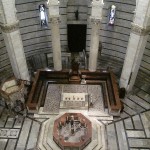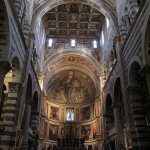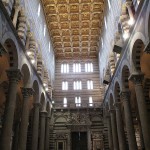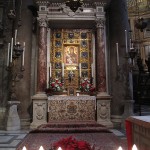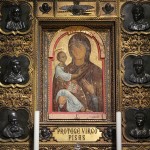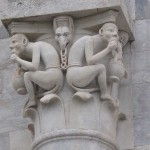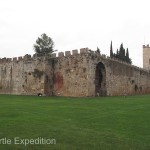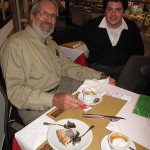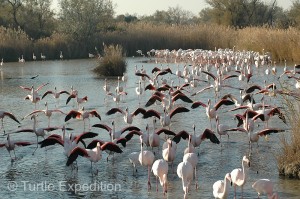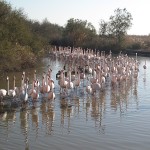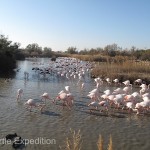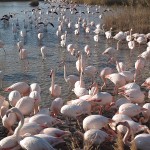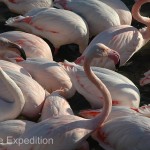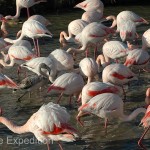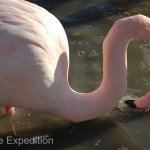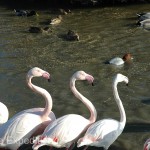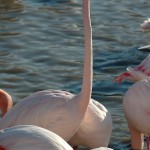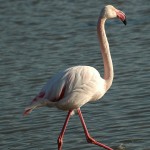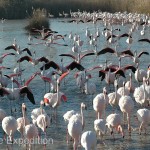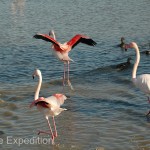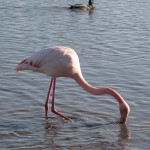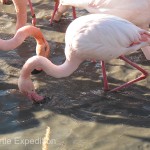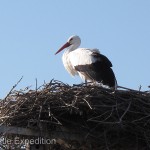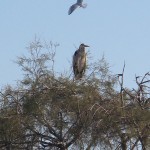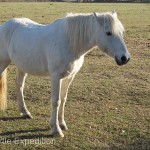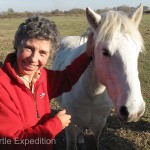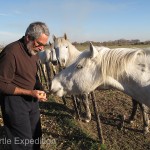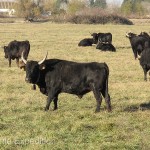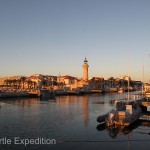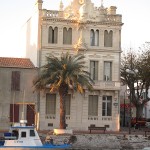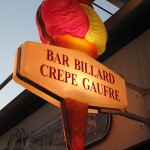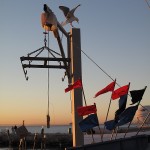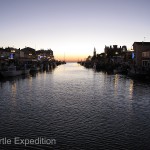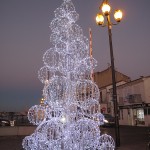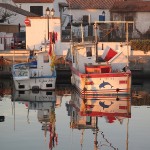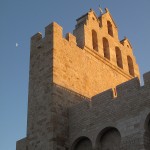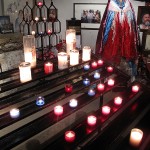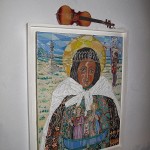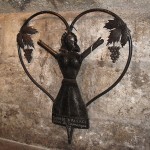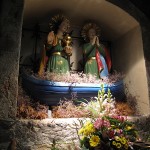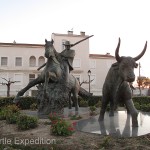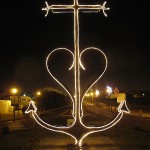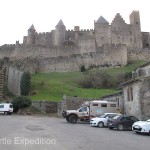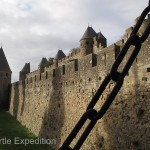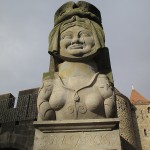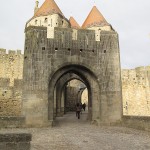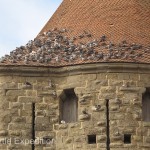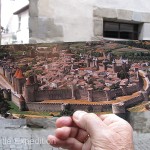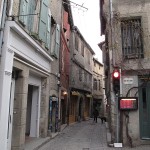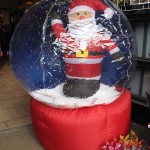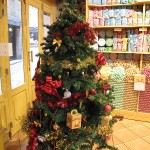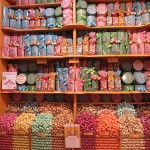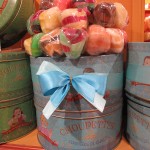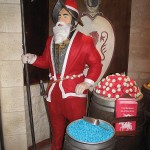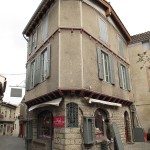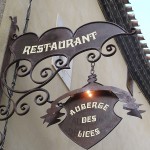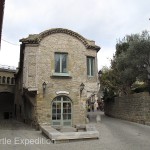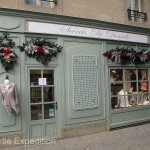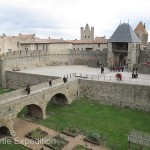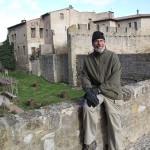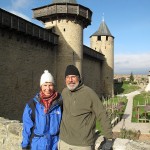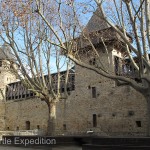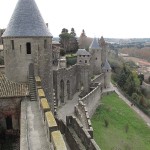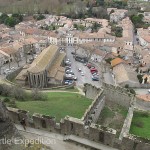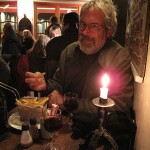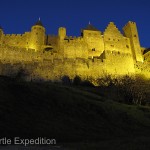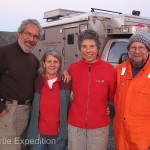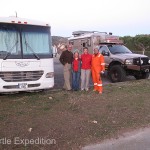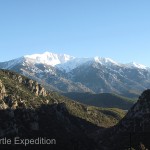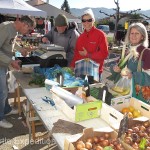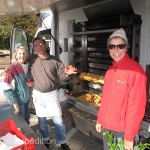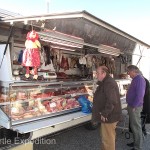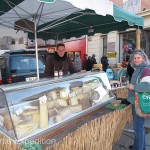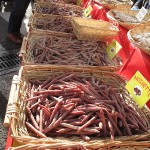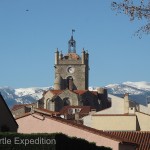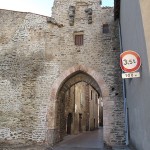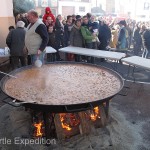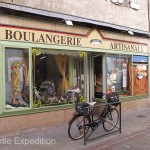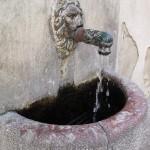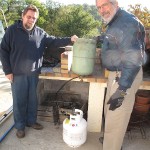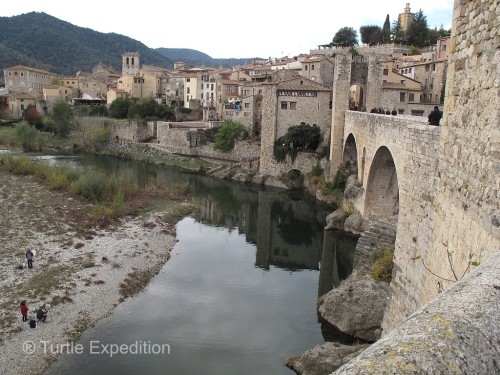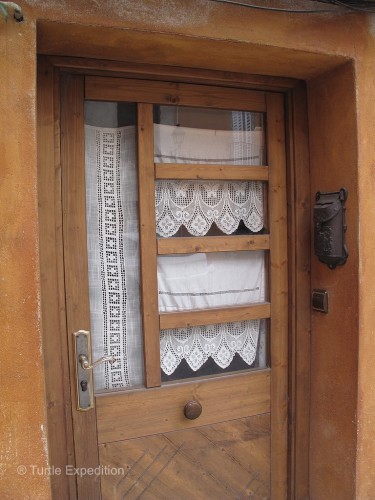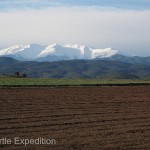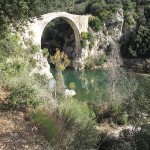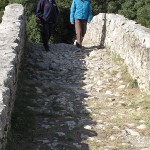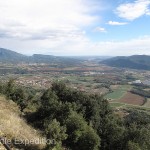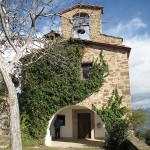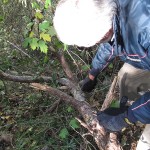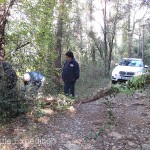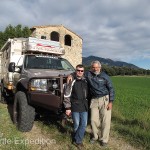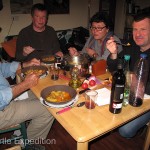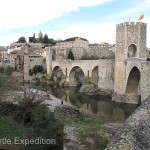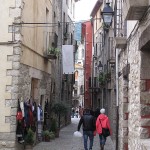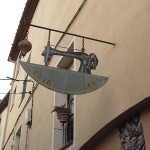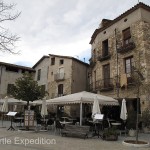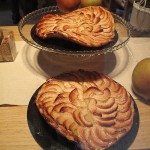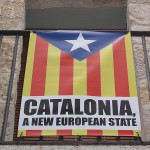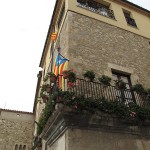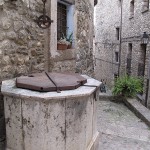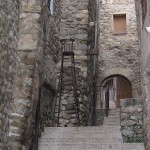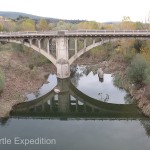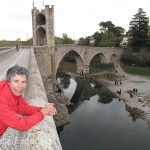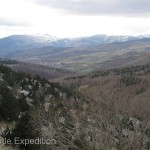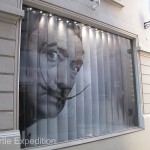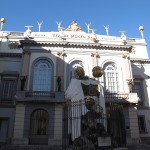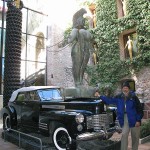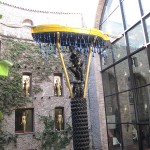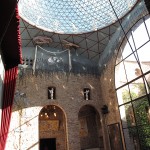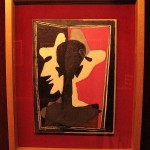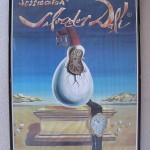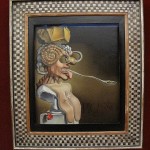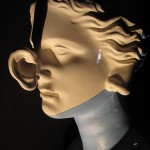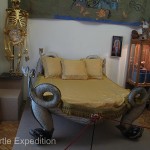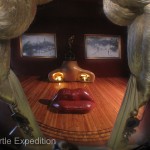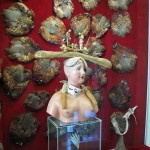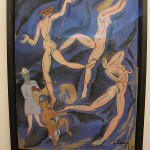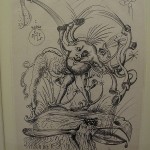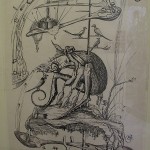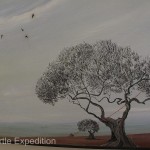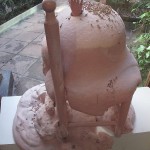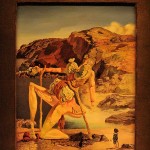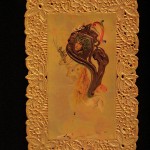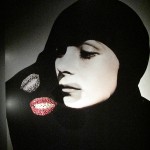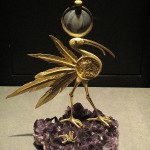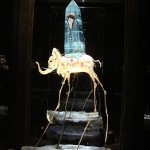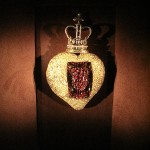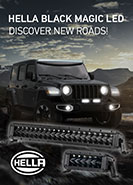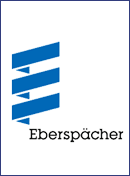It had been an interesting morning. We had spent several hours wandering through the Pont de Gau Bird Park near the town of Stes Maries-de-la-Mer, photographing thousands of pink flamingos who flock there every day to gobble up the rice that the Park provides for them. Returning to the truck, we decided to have a bowl of hot soup for lunch. Monika flipped on the trusty Espar D5 Hydronic diesel coolant heater that is normally valved to heat our FlatPlate heat exchanger, providing us with almost instant hot water. However, we had had some very cold mornings and I had set the valves on the Espar system to run coolant directly from the engine as we drove, allowing us to heat both the camper and the FlatPlate.
When Monika turned the D5 on it fired up immediately, heating the coolant 187°F, but as it attempted to pump that heated coolant to the FlatPlate, it was blocked. Normally this would not create a problem but in this case a small plastic fitting on the FlatPlate had been installed with some kind of plumbers putty thread sealant. The fittings made by Sea Tech Inc. specifically warned against using anything but Teflon tape. The threads had been softened by the thread sealant and the extreme pressure created by the internal pump of the D5 basically blew the threads out of one with a loud pop and a second one was already dripping. This was the beginning of a week-long process of trying to find similar brass fittings somewhere in various hardware stores in France. Several parts looked promising but none were exactly the 3/8 NPT size threads we needed. They all leaked.
In short, I was able to plug up the hole in the Flat Plate so we still had water, but no hot water. Christmas was just around the corner, and knowing that everything in France would shut down until after New Year’s, the outlook was not pleasant. Temperatures had been in the low 30s at night.
As luck would have it, we had been given a catalog with RV Accessories Parts Dealers in France, and one happened to be in Nice, sort of on our way. We took a chance, thinking that just possibly they may have the right parts. Arriving at the entrance of Nice Caravanes/RandoEquipement just as they were closing for the mandatory two-hour French lunch, we were looking for parking place when a man came running up and introduced himself as: “Hi, I’m Patrice”. Turns out we had met Patrice Ryder two years earlier at an Overland Journal SEMA party in Las Vegas. What an amazing coincidence!!! And he spoke English as he had lived in Australia for many years! He had sold his French Outback Import company only two years ago and was now involved in this new venture. And he was a can-do type of guy!
He guided us into the compound to a nice flat place with electrical hookups and we started the search on the Internet for the parts from SeaTech. With Patrice’s help we tried SeaTech distributors in England, Holland and France, but no one had that size NPT thread. Finally we contacted SeaTech in the US and learned that if we ordered the part through their main distributor’s international website, it would take at least 10 days to reach us. Not giving up, we contacted SeaTech Customer Service again and explained our situation to Melissa Thomas. She figured out a way to circumvent the normal system, pulled the parts off the shelf and overnighted them to us as “samples”. Now that’s called Real Customer Service!
Of course it was Christmas time, so “Overnight” by UPS took four days by the time it worked its way through three airports and French Customs. Finally at 4 o’clock Friday afternoon, only an hour before Nice Caravanes was about to close for Christmas week, the UPS truck arrived. We installed the parts using the correct Teflon tape, turned on the D5 again and headed for Italy, looking forward to Christmas with hot water.
We had hoped to spend the day in Monaco and maybe even throw the dice in the famous casino. Driving into the city was something like entering one of those cutaway ant colonies with more tunnels than open space. Forget about parking. There wasn’t a spot even if we had been on a motorcycle. We did manage to drive part of the famous Monte Carlo Formula One race route including a few hairpin corners and that long tunnel near the harbor. Escaping the web of one-way narrow streets, we found a vacant lot in an industrial area in the next town and slept quietly with visions of sugarplums and Italian olives in our heads. Christmas was just two days away…
To display more photos we added the photo gallery feature. Please click on the first thumbnail (which is not the entire picture) to enlarge it and then use the arrows below the photos to view others. Anytime you wish to return to the blog, just click on the photo. Captions will only display below the thumbnails.
-
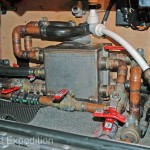
-
With this manual system of valves and manifolds designed by Espar, using our Espar D5 Hydronic or the engine in combination with a FlatPlate heat exchanger, we can heat water, preheat the engine or heat the camper, or all three using either engine or the D5 diesel-powered coolant heater, the FlatPlate heat exchanger and a small Hunter heat-exchange radiator in the camper.
-
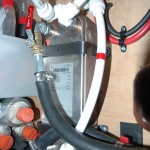
-
The FlatPlate heat exchanger is the size of a loaf of bread. Hot coolant in one side, cold water in the top, and hot water out the bottom, or, hot coolant to the engine.
-
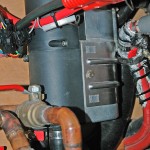
-
The Espar D5 Hydronic, the size of two quarts of milk, burns tiny amounts of diesel, heats engine coolant to 187°F and pumps it to whatever we want to heat—engine, camper, hot water or all three.
-
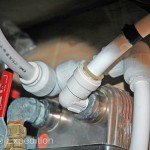
-
Perhaps a weak link in this otherwise bulletproof system were the plastic connections, damaged by using the wrong type of thread sealant.
-
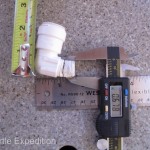
-
Careful measurements to no avail, no one in Europe had the NPT size thread we needed. Unlike horseshoes or dancing, “close” didn’t count.
-
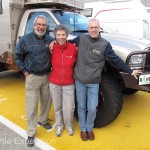
-
Patrice Ryder turned out to be an old acquaintance and a real lifesaver at his Nice Caravanes center.
-
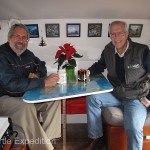
-
Patrice had previously owned Outback Imports in France. We spent several enjoyable evenings swapping stories of adventures.
-
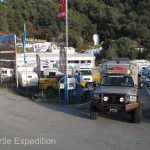
-
Nice Caravanes / RandoEquipement is a one-stop RV Center catering to overland travelers, four-wheelers and local motorhome owners.
-
